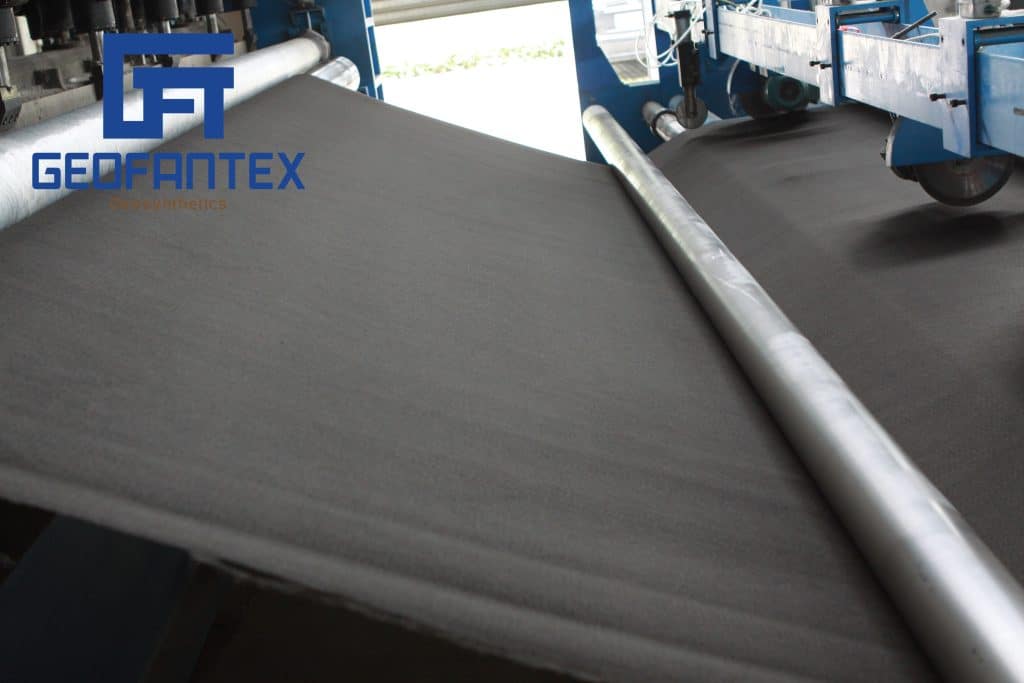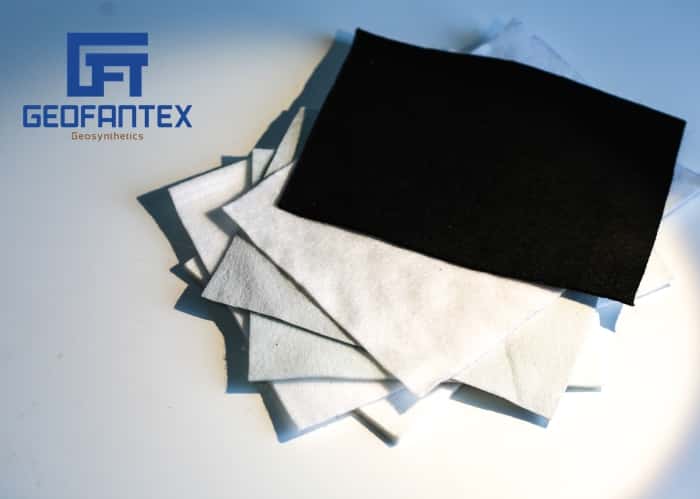+86-159 9860 6917
info@geofantex.com
geofantex@gmail.com
+86-400-8266163-44899
What is Geotextile?
Geotextiles are materials made of permeable fabrics that are used in a variety of applications. They can help separate and filter soil, and reinforce and protect the ground. They are usually made from polyester or polypropylene. There are three basic types of geotextiles: geogrids, geotextile fabrics, and geonets. Each of these types has its own unique benefits. Listed below are three examples of geotextile applications.
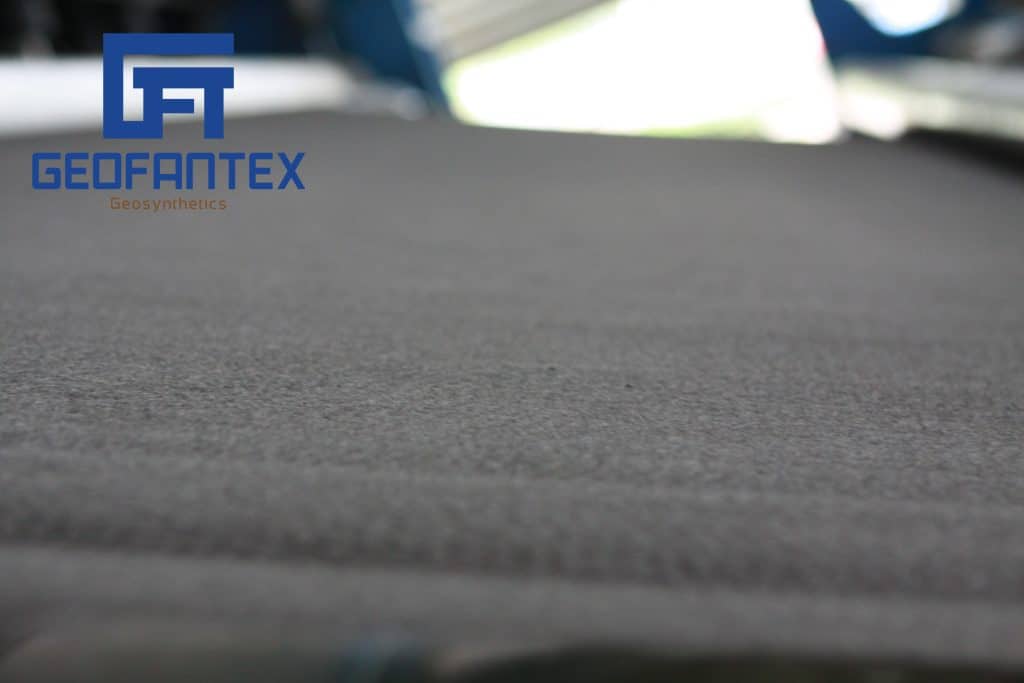
Geotextile
Geotextiles are a type of fabric that allows water to pass through them and prevents soil particles from clogging drainage pipes. These materials have important properties including water permeability, capable space width, mass per unit area, and strength to withstand mechanical loads. The material can be used in a wide range of applications, including roads and railways.
The requirements for geotextiles vary by application and traffic. In Germany, for example, non-woven geotextiles have different requirements compared to woven geotextiles. They are also divided into five classes based on their strength. The strength of non-woven geotextiles is measured in CBR, while woven geotextiles are tested for tensile strength. These tests also specify the mass per unit area and static puncture strength.
Geotextiles can also be made of slit films, which are made through a melt-extrusion process. The slit films are then further broken down into fibrous strands by means of a sharp blade. These fabrics are suitable for geotextile applications, but they must be installed carefully and must resist polar solvents.
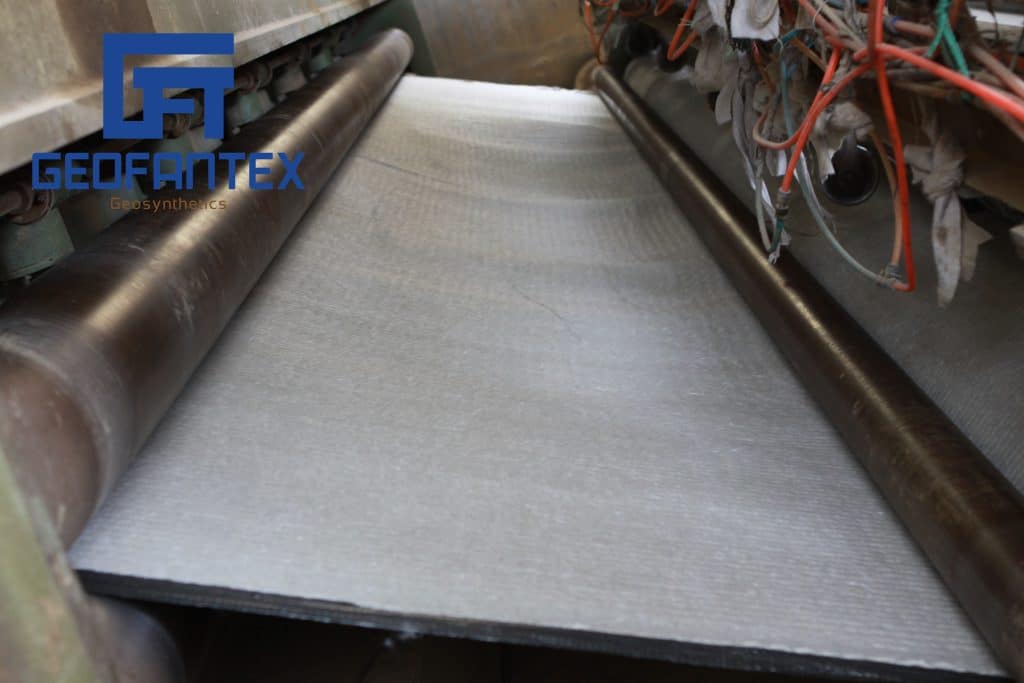
Geotextile Fabric
Geotextile fabrics are a specialised class of synthetic textiles that are permeable to liquids and gases. They have a long history of use in drainage, construction, and filtration, and are typically made from polypropylene or polyester. Geotextiles are typically woven, although non-woven varieties are also available. They are usually made up of multiple threads or fibres that are stitched together, but can also be composed of natural fibres.
Aside from livestock use, geotextile fabric can also be used for landscaping and play areas. In fact, the Holmes SWCD sold more than 5,000 running feet of fabric last year and has three different widths available for purchase. Other SWCDs may also be able to supply this material for you.
Woven geotextiles are made from finely spun yarns, which give them a strong structure. This makes them ideal for applications that require a high capacity for drainage. Additionally, woven geotextiles have high pull strength and warp resistance. Non-woven geotextiles are also very strong and durable, making them ideal for drainage and landscaping.
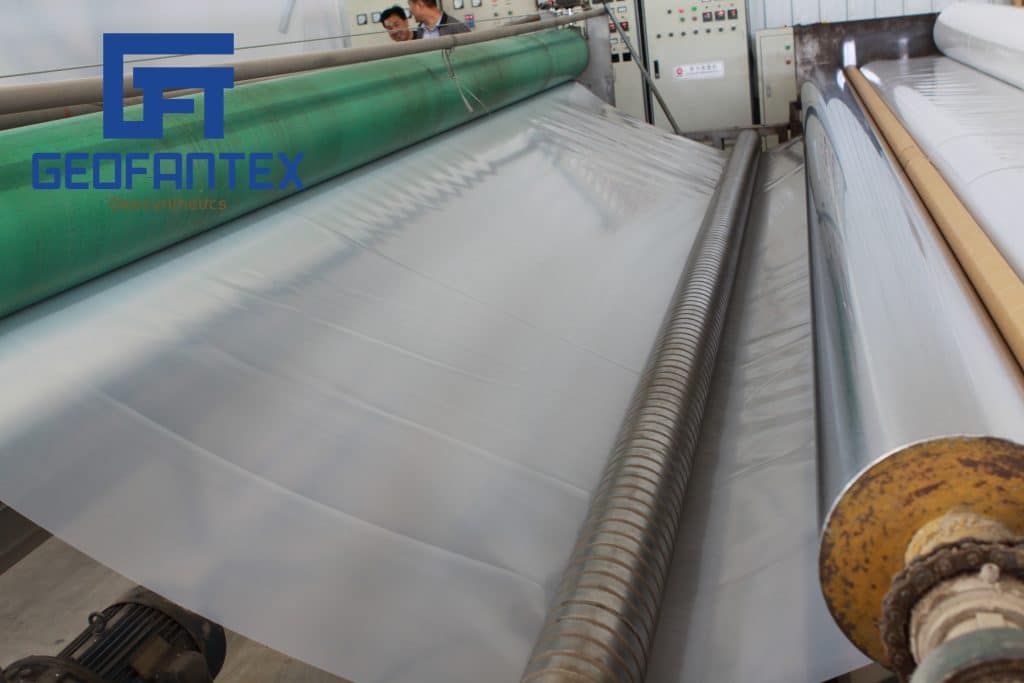
Geogrid
A geotextile is a woven fabric that is used for various applications. It is a popular choice in the construction industry, including retaining walls, roads, and other infrastructure. Geotextiles are highly durable and tensile, or bending, resistant. These materials transfer forces across a larger area, making them effective in reinforcing earth structures. Typically, geotextiles are made of polypropylene or polyester. They have ribs that are used to transfer forces. They also contain apertures for soil to strike through.
Geotextiles are commonly used in construction projects, especially for weak foundations and pavements. Geogrids, on the other hand, are thermoplastic polymers that are molded into a two-dimensional or three-dimensional grid. They are generally used for retaining walls or foundations, but are also used for pavement maintenance. They are a better choice in these applications because they are more resistant to weathering and cracking.
When installing geogrid, the installation should follow project-specific guidelines and building codes. Biaxial geogrids can be installed perpendicular to a wall’s front face. Directional geogrids, on the other hand, have a greater tensile strength along a single axis. In addition, the placement of geogrid depends on several factors, including the type of soil, the hydrostatic load, and the type of block used.
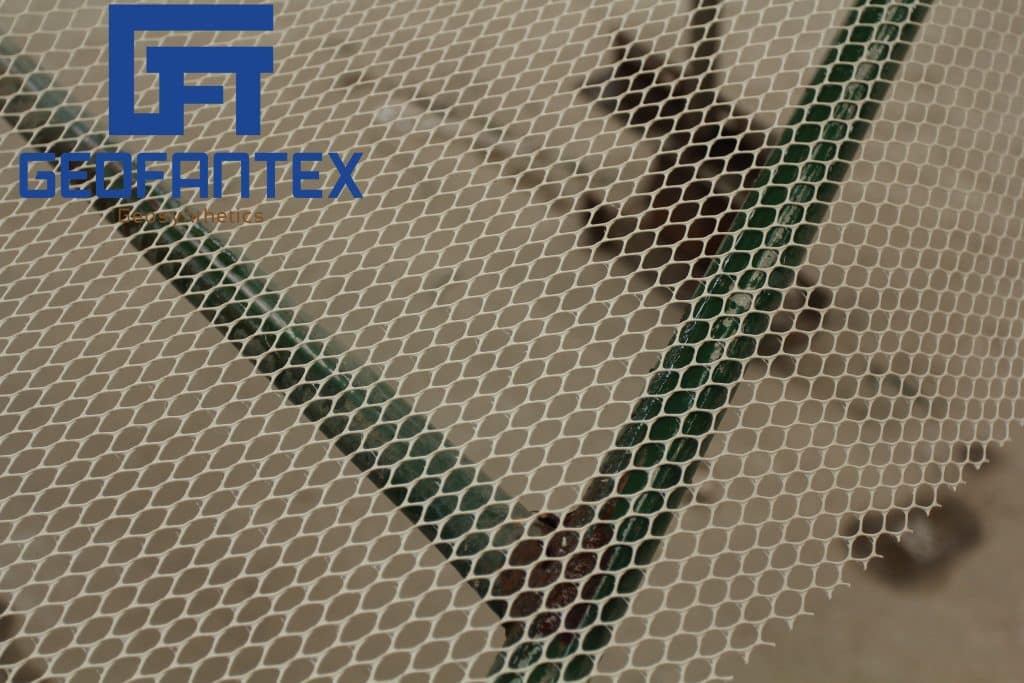
Geogrid For Retaining Walls
The Retaining Wall Geogrid is a polyethylene reinforcement system designed to reinforce segmental block retaining walls and soil slopes. This geogrid is highly resistant to creep and elongation, even when subjected to high loads over an extended period of time.
The first step in building a retaining wall is to remove any organic materials, such as trees and bushes. Then, prepare a levelling pad with compacted gravel. The edge of the geogrid on the lower block should be placed as far forward as possible, but should not stick out of the face of the wall. The geogrid must also be wide enough to meet the Geogrid Length equation.
There are several types of geogrid, including uniaxial and multiaxial varieties. Uniaxial geogrid is best used in retaining walls under 10 feet high. This type of grid can be installed either parallel or perpendicular to the wall. The length of the uniaxial geogrid depends on the height of the retaining wall, the subgrade, and the soil conditions.
Get Free Sample
We’ll respond as soon as possible(within 12 hours)






















